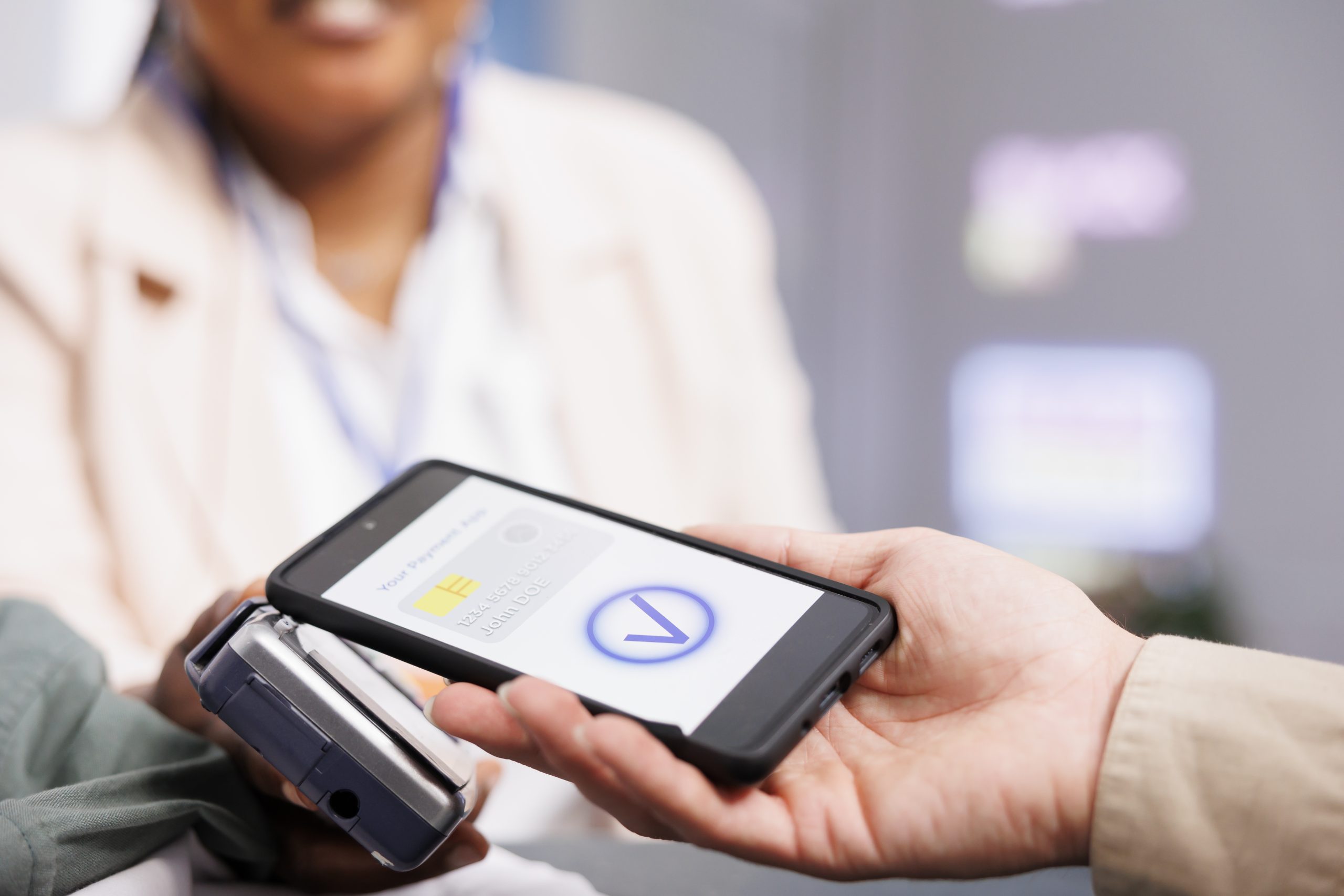Try us for free.


How Push Payments Can Benefit Your Business
The recent rise of real-time push payments has flipped the world of money transactions on its head. Push payments have unlocked opportunities for businesses that enable quicker, efficient and more secure payments. So what is a push payment? And what are the advantages?
To understand the benefits, it helps to first know how push payments differ from traditional pull payments. With a pull payment, your business invoices your customer after delivering a product or service – the customer then reviews and pays the invoice via their chosen method of payment.
With a push payment; your customer submits their credit card details to a credit-card network, which in turn pay’s the amount directly to your bank account or debit card in near real time. Traditionally used with consumer applications, push payments offer many advantages for businesses.
Say goodbye to your cash flow problems: Push payments are near-real time transactions, meaning your business receives funds in hours or days as opposed to weeks – relieving you of any cash flow stress.
Peace of mind: With pull payments, there’s no way for you to know if your customer actually has the money to pay you or not, and if they don’t, you might not know for several days. With push payments, the customers bank will review the transaction immediately and once approved the money is yours in lightning speed.
Security for your customers: With cyber fraud a real threat in online transactions, customers are often hesitant with who they provide their bank details too. With push payments, customers don’t need to provide you with any sensitive information – giving them peace of mind that they’re safe from potential fraud.
Spend your money instantly: With the customer authorising the payment, it’s instantly valid and therefore good to spend straight away. Letting you utilise your hard-earned cash for the next big project.
Rapid reconciliation: With pull payments, if your customer sends the wrong amount it can cause long reconciliation issues. With push payments, reconciliation automatically occurs on both your end and the customer’s end, as payment data is sent with each payment to ensure more rapid reconciliation.
New forms of digital transactions such as push payments are revolutionising how we send and receive money. As your customers become more comfortable and familiar with push payments, don’t be surprised if they expect it as standard procedure.

